41 sentiment analysis without labels
Sentiment Analysis Dataset | Kaggle Make it easy for others to get started by describing how you acquired the data and what time period it represents, too. The data is a CSV with emoticons removed. Data file format has 6 fields: 0 - the polarity of the tweet (0 = negative, 2 = neutral, 4 = positive) 1 - the id of the tweet (2087) Getting Started with Sentiment Analysis on Twitter - Hugging Face Sentiment analysis uses machine learning to automatically identify how people are talking about a given topic. The most common use of sentiment analysis is detecting the polarity of text data, that is, automatically identifying if a tweet, product review or support ticket is talking positively, negatively, or neutral about something.
How to label text for sentiment analysis — good practices If you are working on sentiment analysis problems, be careful about text labelling. If you have never labelled text in your life, this is a good exercise to do. If you only rely on clean/processed text to learn, you can face a problem where the problem is not your model, but the information that you are using to train it. Read more from
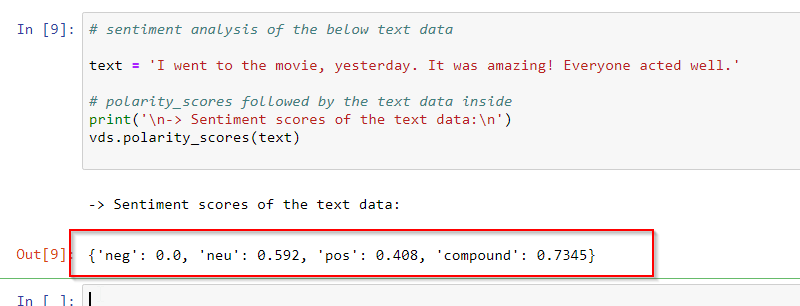
Sentiment analysis without labels
How to Succeed in Multilingual Sentiment Analysis without ... - Medium You can follow the proposed process of sentiment analysis in the figure below. First, we preprocess our texts in a foreign language (remove urls, emojis, digits and punctuation marks) and... Can sentiment analysis be done without a target? - Quora Sentiment analysis (SA) is often applied to guage sentiment towards a specific entity (a company, individual etc), but that is hardly a requirement of SA. Sentiment Analysis evaulates whether / to what extent a text is positive, negative or neutral. Entity recognition and identification is a separate task. Sentiment Analysis: Concepts, Models, and Examples Sentiment analysis is a sub field of Natural Language Processing (NLP) that identifies and extracts emotions expressed in given texts. It is a machine learning tool that understands the context and determines the polarity of text, whether it is positive, neutral, or negative. This article will discuss what sentiment analysis is, where it is ...
Sentiment analysis without labels. Sentiment Analysis in Natural Language Processing - Analytics Vidhya As we can see that, we have 6 labels or targets in the dataset. We can make a multi-class classifier for Sentiment Analysis. But, for the sake of simplicity, we will merge these labels into two classes, i.e. Positive and Negative sentiment. 1. Positive Sentiment - "joy","love","surprise" 2. Negative Sentiment - "anger","sadness","fear" Add Labels to a Dataset for Sentiment Analysis - Thecleverprogrammer Let's import the necessary Python libraries and an unlabeled dataset that we need for the task of adding labels to a data for sentiment analysis: 7. 1. import nltk. 2. from nltk.sentiment.vader import SentimentIntensityAnalyzer. 3. nltk.download("vader_lexicon") 4. Sentiment Analysis with VADER- Label the Unlabelled Data VADER is a lexicon and rule-based sentiment analysis tool. It is used to analyze the sentiment of a text. Lexicon is a list of lexical features (words) that are labeled with positive or... Sentimental Analysis with Spacy - Python Wife The labels of the review will be as. Positive; Very positive; Negative; Very Negative; Neutral; So now we can interpret the result as 5 stars very positive 4 stars positive and so on. 2. Intent Analysis. The intent analysis is a deeper analysis compared to basic sentiment analysis here, we can determine whether the data is a suggestion, query ...
Sentiment Analysis: The What & How in 2022 - Qualtrics Machine learning-based sentiment analysis A computer model is given a training set of natural language feedback, manually tagged with sentiment labels. It learns which words and phrases have a positive sentiment or a negative sentiment. Once trained, it can then be used on new data sets. Is it possible to do Sentiment Analysis on unlabeled data ... - Medium 1) Use the convert_label () function to change the labels from the "positive/negative" string to "1/0" integers. It is a necessary step for feeding the labels to a model. 2) Split the data... Is it possible to do sentiment analysis of unlabelled text using ... In the 1st way, you definitely need a labelled dataset. In that way, you can use simple logistic regression or deep learning model like "LSTM". But in unsupervised Sentiment Analysis, You don't need any labeled data. In that way, you can use a clustering algorithm. K-Means clustering is a popular algorithm for this task. How to Do Twitter Sentiment Analysis Without Breaking a Sweat? Try out Twitter sentiment analysis for free 2. Create your first query You can select a specific source - Twitter or certain keywords (e.g. your brand name) - then exclude other sources and leave just the one you want. What's more, you can limit the results to, e.g. a particular location or language. Setting up a query 3.
Open Source Tools for Sentiment Analysis | Label Studio Sentiment analysis refers to a program taking in information (usually text) and then using a machine learning model to determine the sentiment of that information. That program could report if a customer is happy, neutral, or unhappy with your product without you having to read every message. Sentiment Analysis in Python: TextBlob vs Vader Sentiment vs Flair vs ... Sentiment analysis is the task of determining the emotional value of a given expression in natural language. It is essentially a multiclass text classification text where the given input text is classified into positive, neutral, or negative sentiment. The number of classes can vary according to the nature of the training dataset. Sentiment analysis on big sparse data streams with limited labels ... Sentiment analysis is an important task in order to gain insights over the huge amounts of opinionated texts generated on a daily basis in social media like Twitter. ... We label a big Twitter stream dataset with limited labels consisting of 228M tweets without retweets and 275M tweets with retweets; the collection spans the whole year 2015 and ... What is sentiment analysis and opinion mining in Azure Cognitive ... The sentiment analysis feature provides sentiment labels (such as "negative", "neutral" and "positive") based on the highest confidence score found by the service at a sentence and document-level. This feature also returns confidence scores between 0 and 1 for each document & sentences within it for positive, neutral and negative sentiment.
Python Sentiment Analysis Tutorial | DataCamp You will supply a bunch of phrases (with the labels of their respective sentiments) to the machine learning model, and you will test the model on unlabeled phrases. For mere introducing sentiment analysis this should be good, but for being able to build a sentiment classification model, you need something more. Let's proceed. Source: SlideShare
Sentiment Analysis Guide - MonkeyLearn Sentiment Anaysis Tools. Sentiment analysis (or opinion mining) is a natural language processing (NLP) technique used to determine whether data is positive, negative or neutral. Sentiment analysis is often performed on textual data to help businesses monitor brand and product sentiment in customer feedback, and understand customer needs.
rafaljanwojcik/Unsupervised-Sentiment-Analysis - GitHub Dataset was analyzed using Word2Vec algorithm, KMeans clustering, and tfidf weighting. Based on word embeddings trained for given dataset using gensim's Word2Vec implementation, there was an unsupervised sentiment analysis performed, which achieved scores presented below.
Unsupervised Sentiment Analysis. How to extract sentiment from the data ... It is extremely useful in cases when you don't have labeled data, or you are not sure about the structure of the data, and you want to learn more about the nature of process you are analyzing, without making any previous assumptions about its outcome.
What is Sentiment Analysis? - Sentiment Analysis Explained - AWS Sentiment analysis is the process of analyzing digital text to determine if the emotional tone of the message is positive, negative, or neutral. Today, companies have large volumes of text data like emails, customer support chat transcripts, social media comments, and reviews. Sentiment analysis tools can scan this text to automatically ...
Understanding Sentiment Analysis | Label Studio Sentiment analysis is the process of an application, or computer, taking text-based information, like a conversation, and turning that into quantitative data that humans like us can learn from. At scale, AI-powered sentiment analysis programs can read, classify, and report on conversations much faster than we can.
Sentiment Analysis: First Steps With Python's NLTK Library Getting Started With NLTK. The NLTK library contains various utilities that allow you to effectively manipulate and analyze linguistic data. Among its advanced features are text classifiers that you can use for many kinds of classification, including sentiment analysis.. Sentiment analysis is the practice of using algorithms to classify various samples of related text into overall positive and ...
Sentiment Analysis: Comprehensive Beginners Guide - Thematic Sentiment analysis is used to determine whether a given text contains negative, positive, or neutral emotions. It's a form of text analytics that uses natural language processing (NLP) and machine learning. Sentiment analysis is also known as "opinion mining" or "emotion artificial intelligence". Sentiment Scoring
Top 12 Free Sentiment Analysis Datasets | Classified & Labeled - Repustate This sentiment analysis dataset consists of around 14,000 labeled tweets that are positive, neutral, and negative about the first GOP debate that happened in 2016. IMDB Reviews Dataset: This dataset contains 50K movie reviews from IMDB that can be used for binary sentiment classification.
Step-by-Step Sentiment Analysis Process - Repustate Step 1: Data collection. This is one of the most important steps in the sentiment analysis process. Everything from here on will be dependent on the quality of the data that has been gathered and how it has been annotated or labelled. API Data - Data can be uploaded through Live APIs for social media.
Use the sentiment analysis prebuilt model in Power Automate In this article. In this article, we will create a flow that uses the AI Builder sentiment analysis prebuilt model. Sign in to Power Automate.. Select My flows in the left pane, and then select New flow > Instant cloud flow.. Name your flow, select Manually trigger a flow under Choose how to trigger this flow, and then select Create.. Expand Manually trigger a flow, and then select +Add an ...
Sentiment Analysis: Concepts, Models, and Examples Sentiment analysis is a sub field of Natural Language Processing (NLP) that identifies and extracts emotions expressed in given texts. It is a machine learning tool that understands the context and determines the polarity of text, whether it is positive, neutral, or negative. This article will discuss what sentiment analysis is, where it is ...
Can sentiment analysis be done without a target? - Quora Sentiment analysis (SA) is often applied to guage sentiment towards a specific entity (a company, individual etc), but that is hardly a requirement of SA. Sentiment Analysis evaulates whether / to what extent a text is positive, negative or neutral. Entity recognition and identification is a separate task.
How to Succeed in Multilingual Sentiment Analysis without ... - Medium You can follow the proposed process of sentiment analysis in the figure below. First, we preprocess our texts in a foreign language (remove urls, emojis, digits and punctuation marks) and...
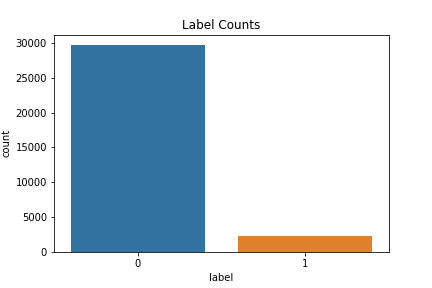


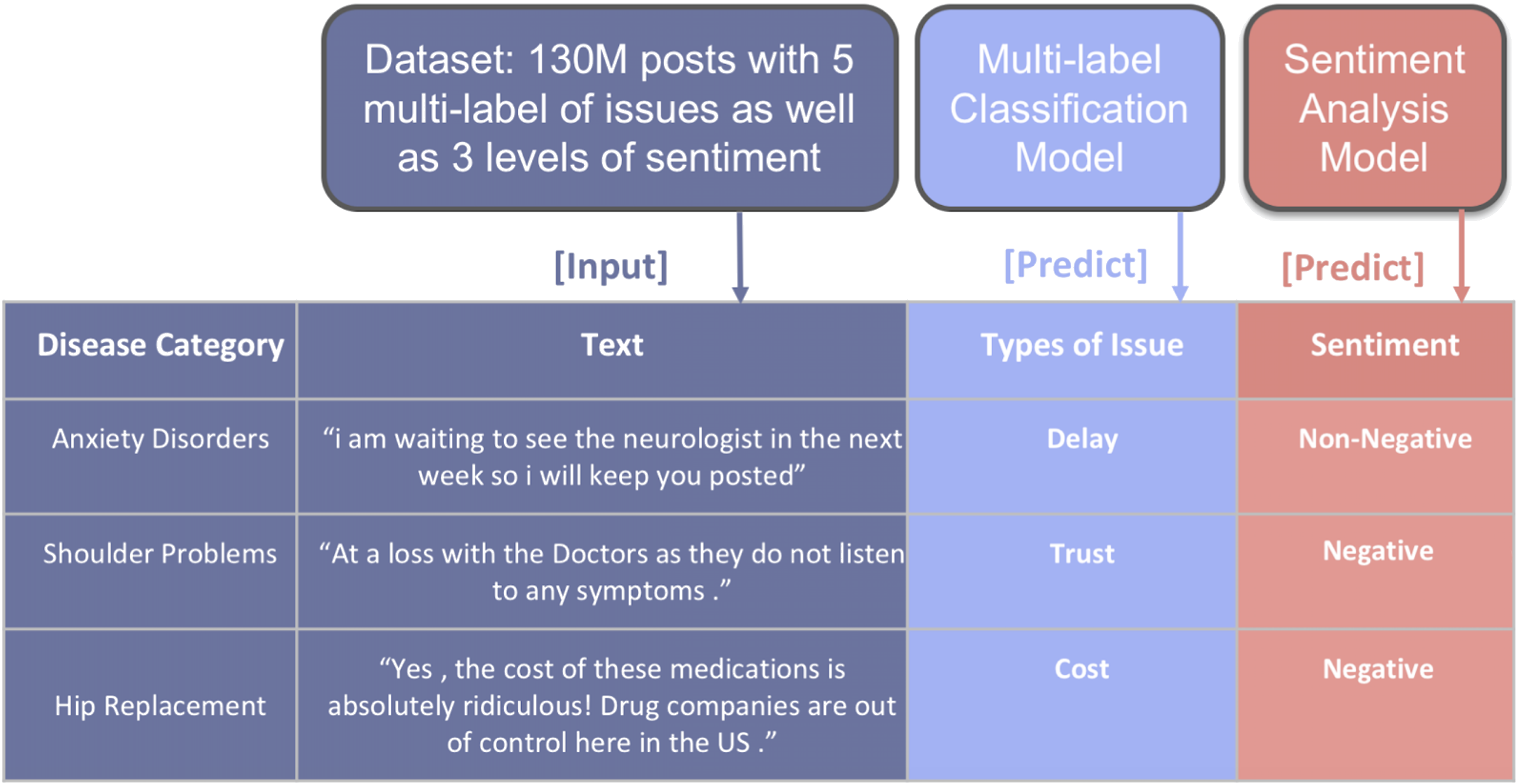

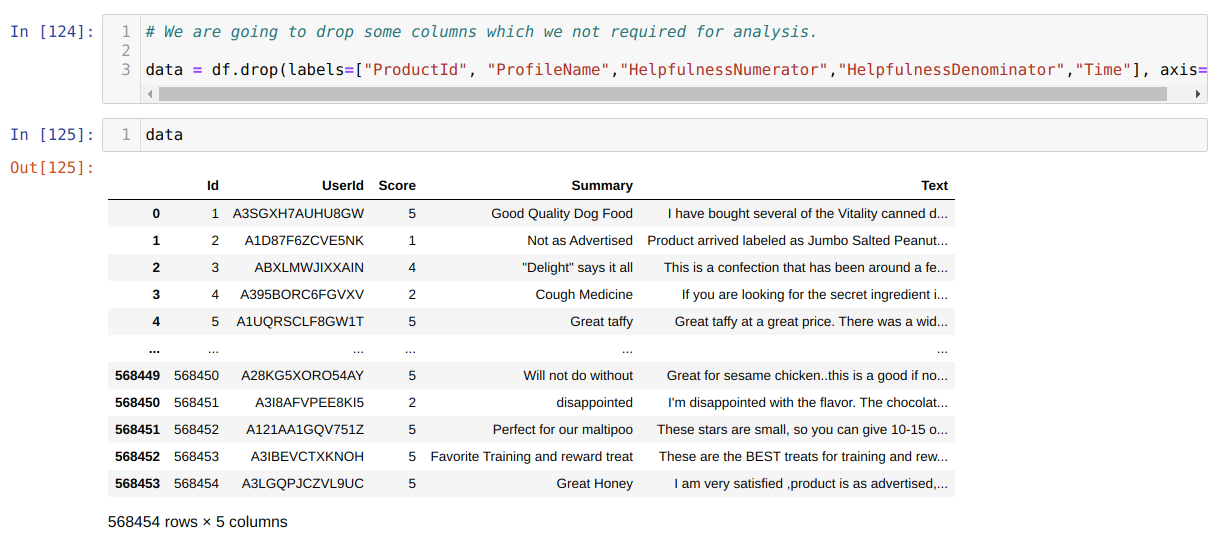
![PDF] Unsupervised Sentiment Analysis for Social Media Images ...](https://d3i71xaburhd42.cloudfront.net/cc7920261a2431d2ce6af8f61e1697af12707b87/2-Figure1-1.png)
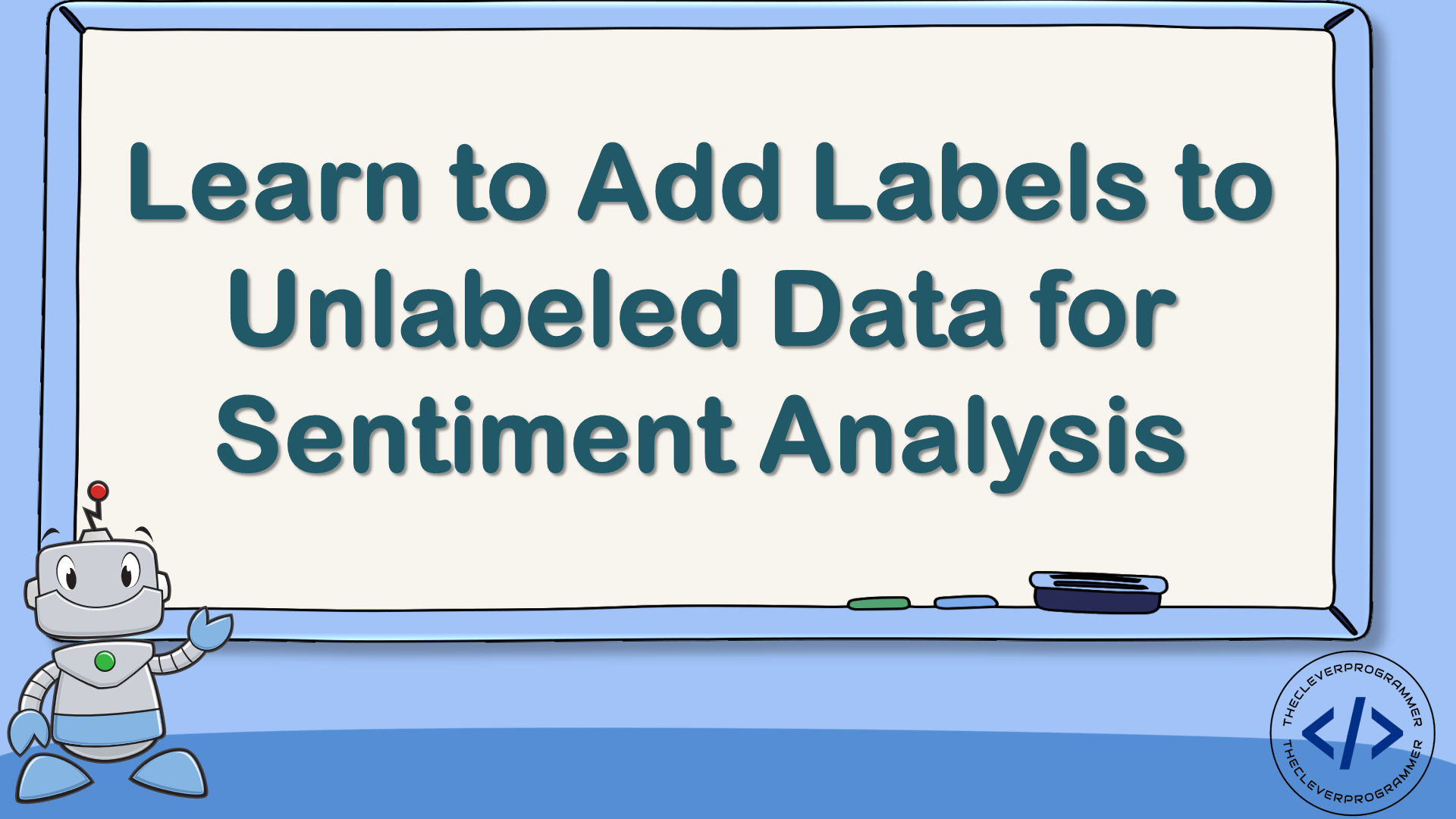


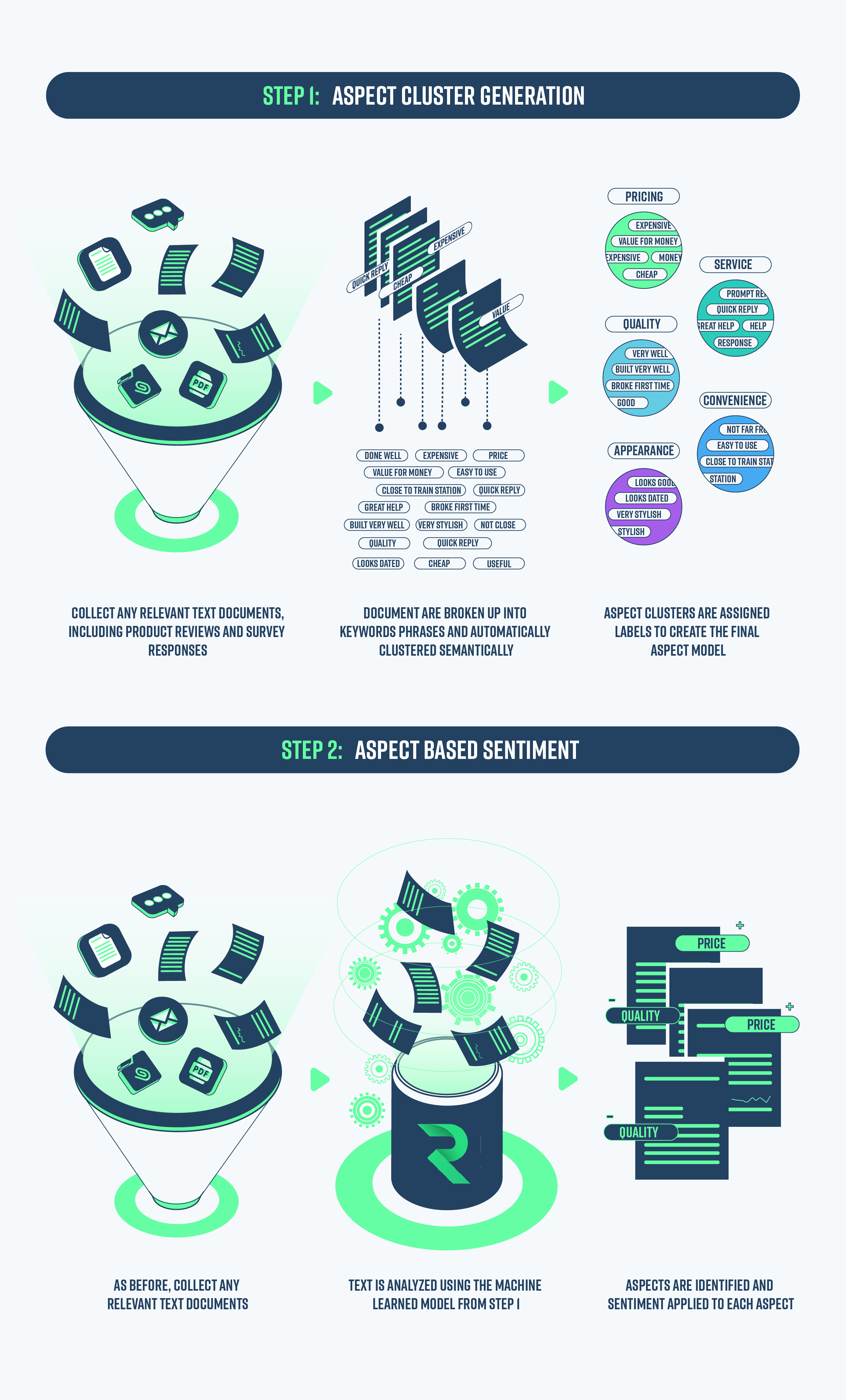
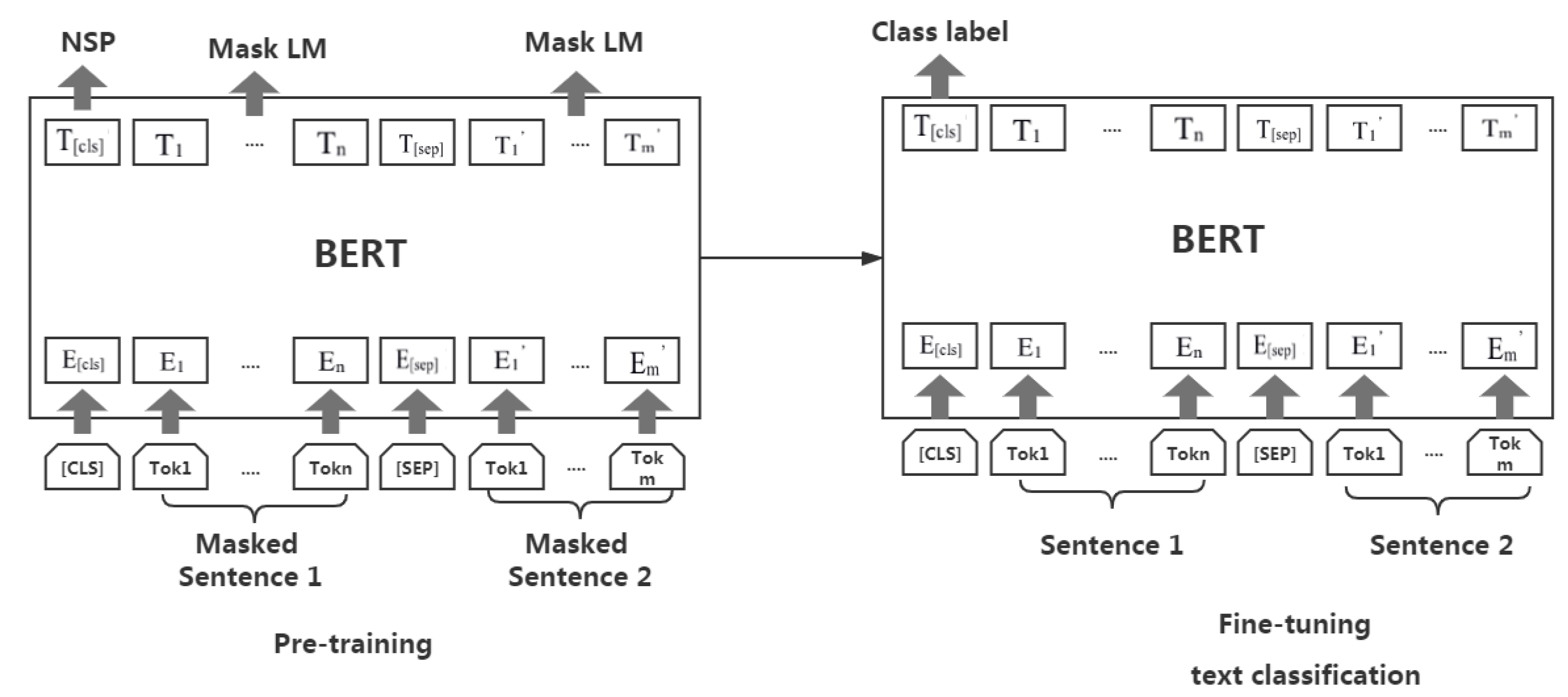




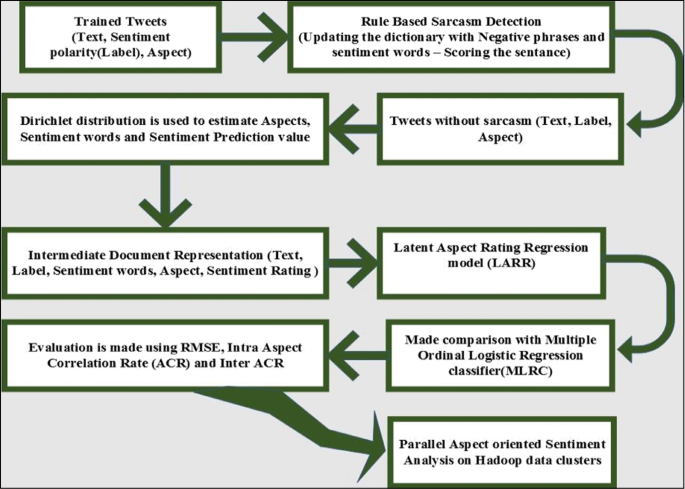

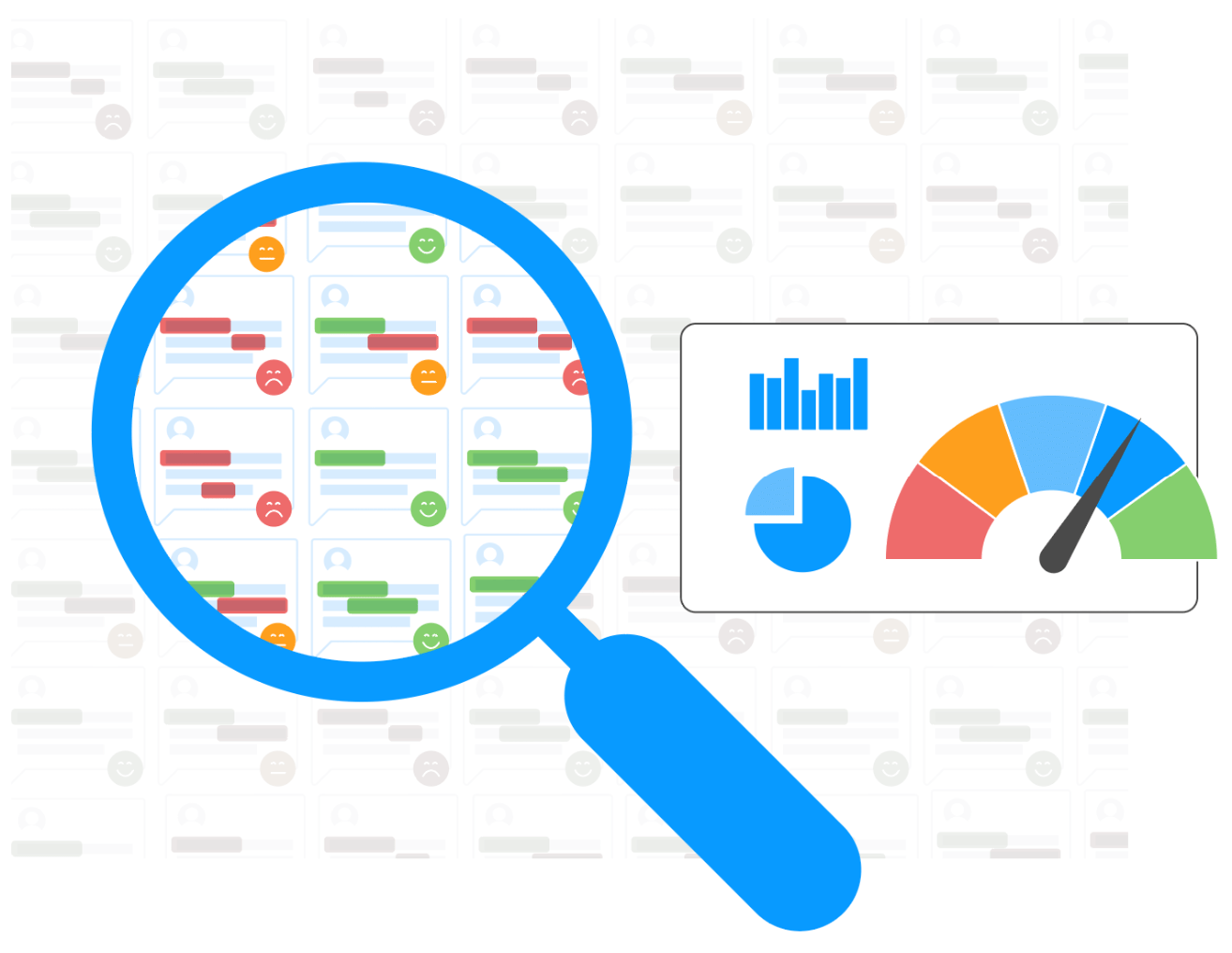


![PDF] A Study on Sentiment Analysis Techniques of Twitter Data ...](https://d3i71xaburhd42.cloudfront.net/6f34ad869da01abdf8d183a1786b54ff4217aefd/5-Figure2-1.png)

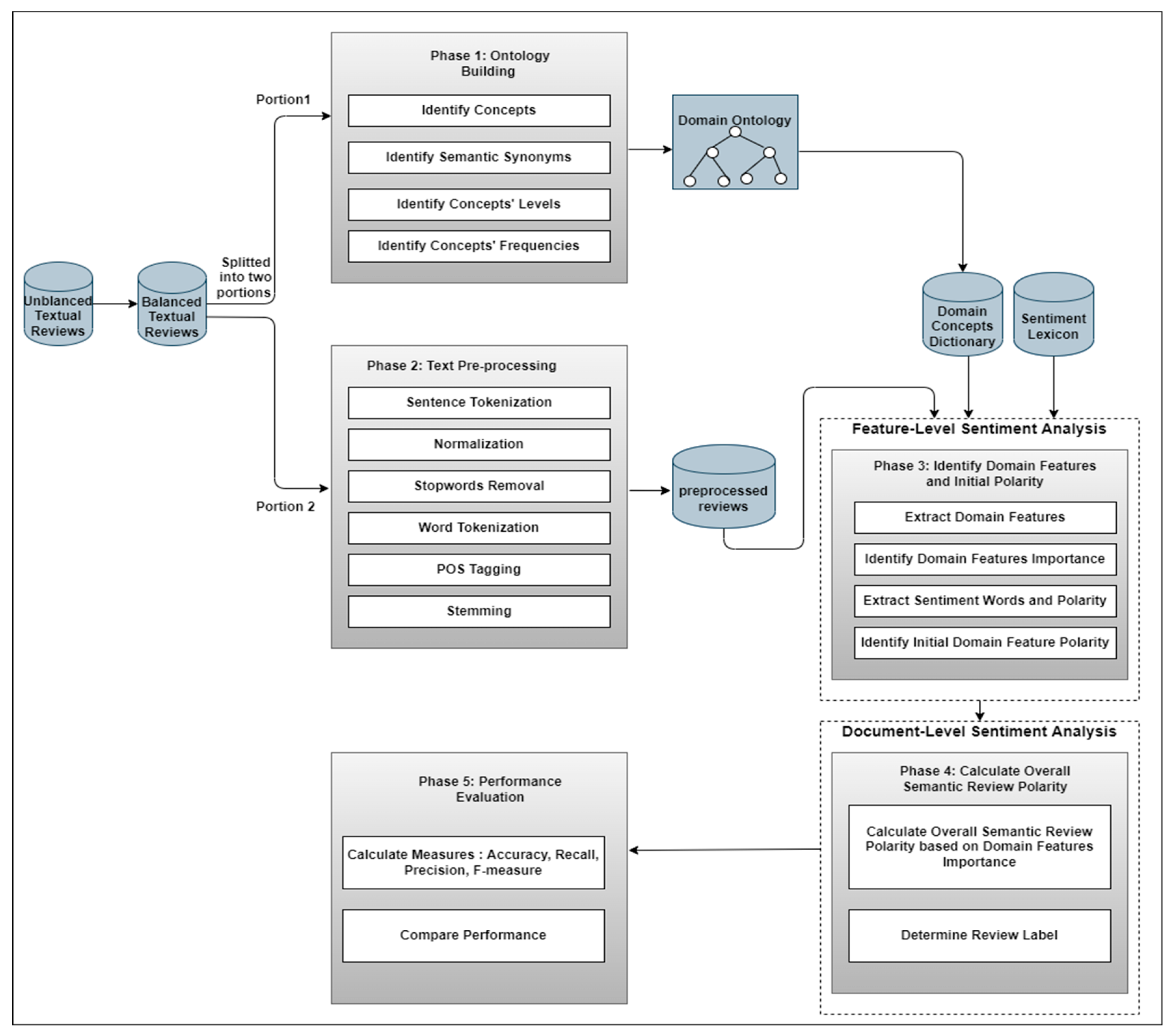
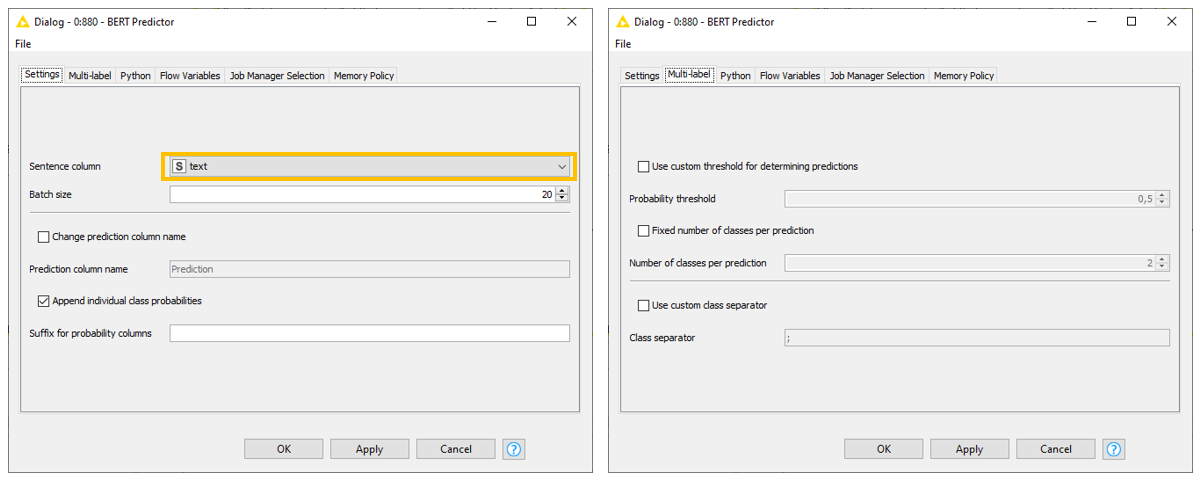
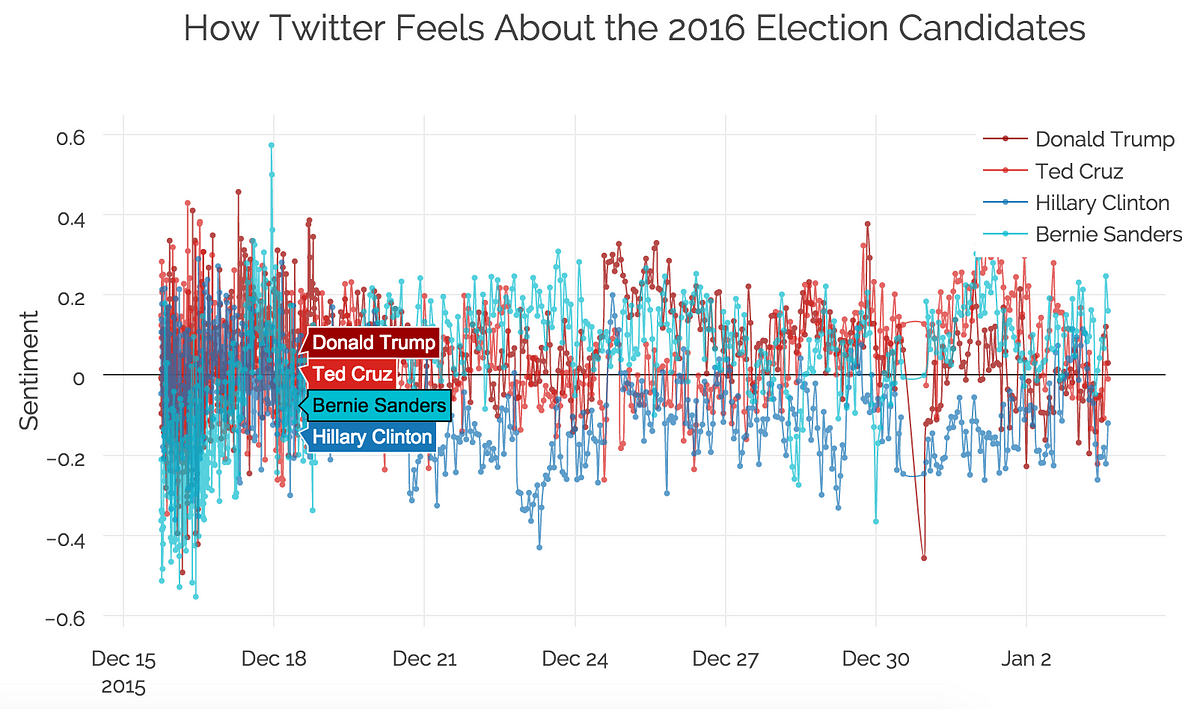



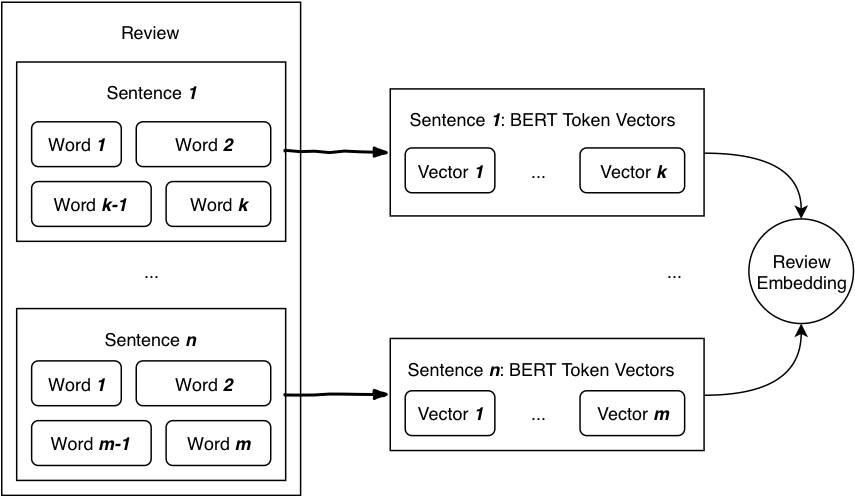
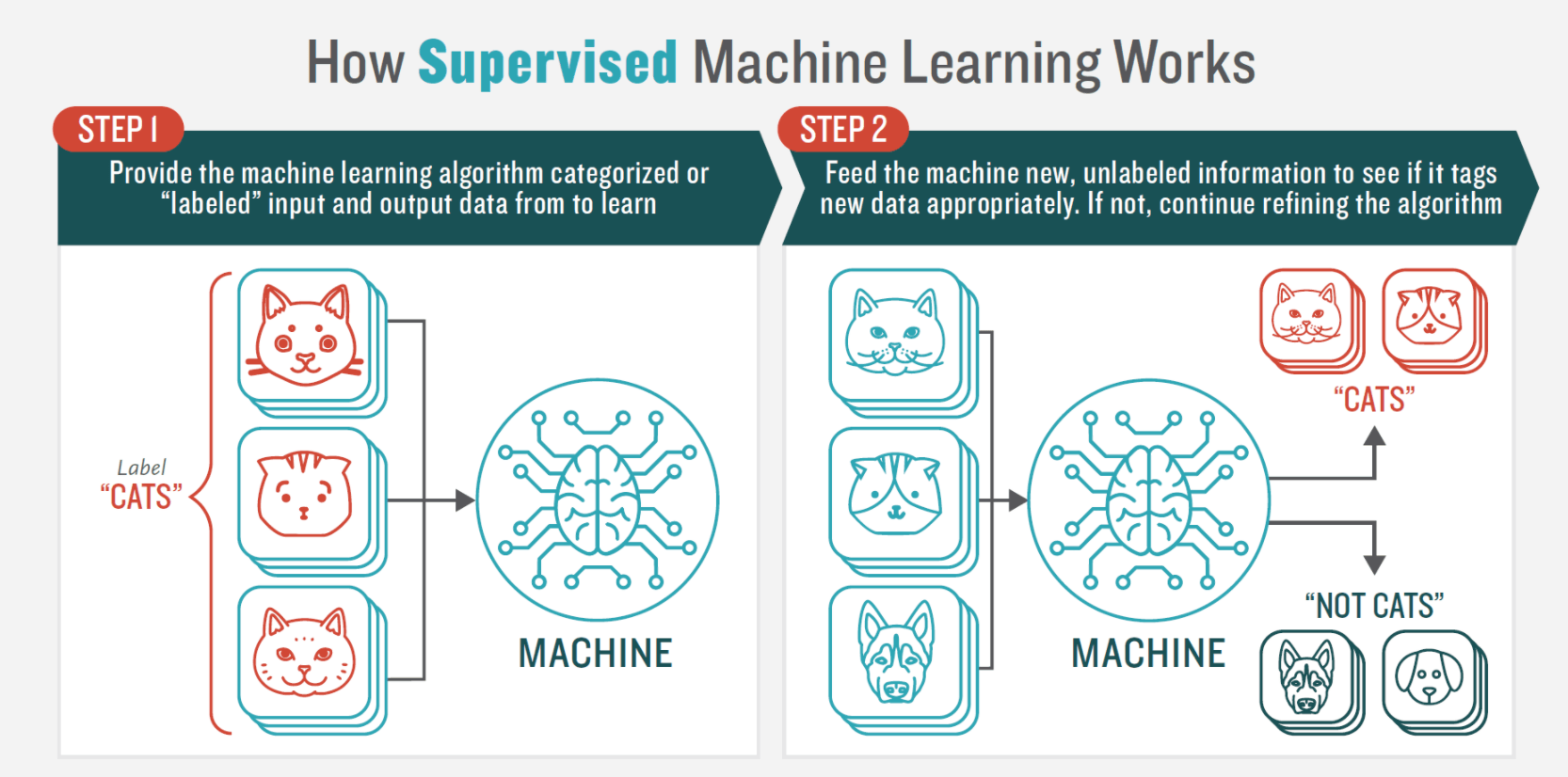





Post a Comment for "41 sentiment analysis without labels"